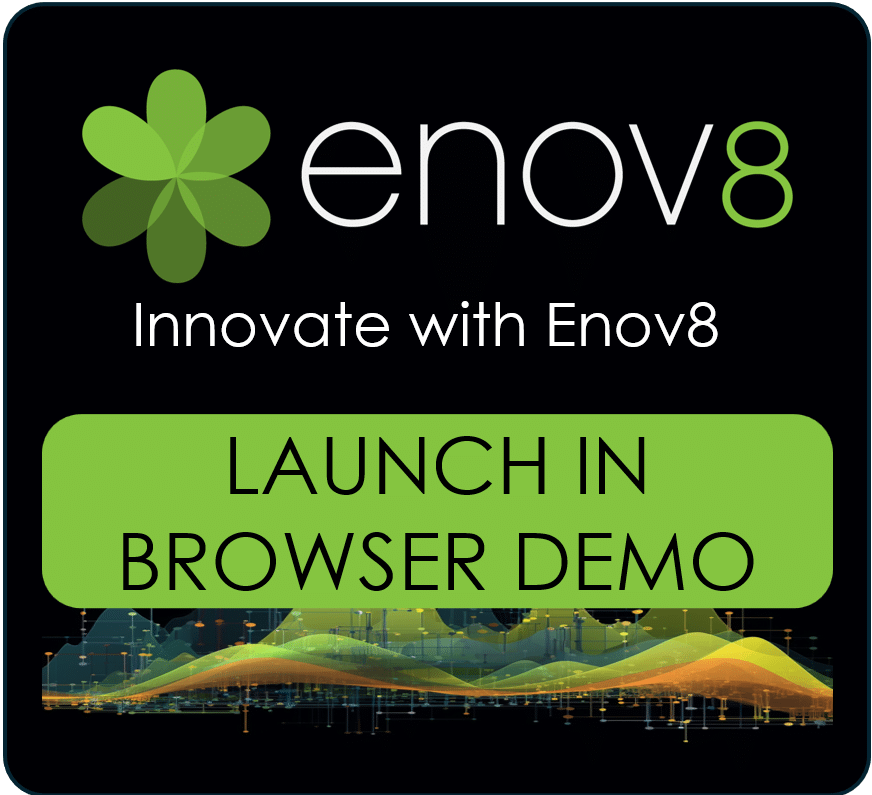
The PPP Framework, also known as the People, Process, Product Model or Three P’s Framework, is a robust and widely recognized approach to driving organizational progress. The framework operates on the premise that an organization’s performance is dependent on three key areas, namely people, process, and product.
By adopting a comprehensive approach that encompasses these three components, businesses can gain insights into areas where they can improve and devise strategies to optimize their overall operation.
This article seeks to provide readers with an in-depth understanding of the PPP Framework and its potential applications for enhancing organizational performance.
The People Aspect
The people component of the PPP Framework emphasizes the people within an organization and how they engage with one another. This includes vital aspects like:
- Ensuring that personnel are in the right roles with appropriate skillsets.
- Constructing clear roles and duties.
- Developing effective communication and collaboration amongst employees.
- Assessing employee skills and training requirements.
- Cultivating a positive organizational environment.
By having the right people in place, businesses can confidently deploy new processes or technology with full buy-in from the team. Moreover, proper communication and collaboration will ensure that everyone’s needs are met accordingly, leading to increased productivity and success.
Real examples of how organizations might improve the people aspect:
- Establishing a team-based approach to problem solving.
- Implementing a mentorship program to help employees develop their skills.
- Creating an open and collaborative work environment.
- Developing a rewards system to recognize and reward employees for their contributions.

The Process Aspect
The process aspect of the PPP framework focuses on improving the processes and procedures within an organization. It covers topics such as the importance of efficient and effective processes, identifying and eliminating bottlenecks, streamlining workflows, and implementing best practices.
By understanding these concepts, businesses can ensure that their operations are running smoothly to maximise success.
Additionally, it is essential for people to understand how they fit into a process and what their role entails. This means providing clear instructions and training key personnel. Moreover, businesses should identify the key steps first and measure their success by tracking metrics. Lastly, feedback and continuous improvement are necessary to keep up with changing market conditions.
Once the processes and people are in place, organizations should consider the technology to support them.
Overall, the process aspect of the PPP framework can help businesses create and manage successful operations for a more prosperous future.
Real examples of how organizations might improve the process aspect:
- Establishing standard operating procedures aka Runsheets.
- Automating / Codifying processes to reduce manual labor.
- Implementing quality control measures.
- Developing a system for tracking and measuring performance.

The Product Aspect
The product aspect of the PPP framework focuses on the products and services offered by an organization and how they can be improved. It includes topics such as:
- Importance of relevant and high-quality products
- Conducting market research
- Understanding customer preferences
- Developing new products that meet evolving needs
Examples of how organizations might improve the product aspect:
- Conducting customer, or user, surveys to gain insights into customer needs.
- Developing a product roadmap to guide product development.
- Creating prototypes and testing them with customers.
- Establishing a feedback loop to ensure products meet customer expectations.
How to Implement the PPP Framework
The PPP framework is a comprehensive approach to organizational improvement that focuses on the three key areas of people, process, and product. By taking a holistic view of these three areas, organizations can identify opportunities for improvement and develop strategies to maximize their performance.
Implementing a PPP framework involves several steps to ensure that the framework is tailored to the organization’s specific needs and effectively addresses performance improvement areas.
Here are some general steps that an organization can take to implement a PPP framework.
1. Identify Performance Improvement Areas
The first step in implementing a PPP framework is to identify the key areas where the organization needs to improve. This could involve conducting a performance assessment or gathering feedback from employees and customers.
2. Determine PPP Focus
Once the improvement areas are identified, determine which aspects of the PPP framework are most relevant to address those areas. For example, if the organization needs to improve its product quality, the focus should be on the “product” aspect of the PPP framework.
3. Develop Action Plans
Develop specific action plans for each aspect of the PPP framework. For example, if the focus is on the “people” aspect, action plans could include developing training programs, mentoring programs, or improving the organizational culture.
4. Assign responsibilities
Assign responsibilities for implementing the action plans to specific individuals or teams within the organization. It’s important to ensure that there is accountability and ownership for each aspect of the PPP framework.
5. Implement and Monitor Progress
Implement the action plans and monitor progress over time. This could involve establishing key performance indicators (KPIs) to track progress and conducting regular reviews to ensure that the organization is on track to achieve its performance improvement goals.
6. Adjust the PPP Framework as Needed
As the organization continues to implement the PPP framework, evaluate its effectiveness and make adjustments as needed. This could involve revisiting improvement areas or adjusting action plans to better align with organizational needs and goals.

Common Challenges of Implementing the 3Ps Framework
1. Lack of Buy-In from Stakeholders
It’s important to ensure that all stakeholders are on board with the PPP framework and understand its importance.
2. Difficulty in Measuring Progress
Measuring progress can be difficult, especially when it comes to the people and process aspects of the PPP framework. Establishing key performance indicators (KPIs) can help organizations track progress and measure success.
3. Limited Resources
Implementing a PPP framework requires resources such as time, money, and personnel. Organizations should ensure that they have adequate resources to implement the framework effectively.
4. Resistance to Change
Change can be difficult for some individuals or teams within an organization. It’s important to ensure that everyone is on board with the changes and understands their importance.

Benefits of Using the PPP Framework
The PPP framework is a comprehensive approach to organizational improvement that focuses on the three key areas of people, process, and product. By taking a holistic view of these three areas, organizations can identify opportunities for improvement and develop strategies to maximize their performance.
The benefits of using the PPP framework include the following.
1. Improved Organizational Performance
The PPP Framework helps organizations to identify areas for improvement and implement targeted action plans to address those areas. By improving the people, process, and product aspects of the organization, the framework can help to improve overall organizational performance.
2. Enhanced Customer Satisfaction
By focusing on the product aspect of the PPP Framework, organizations can develop high-quality products that meet the evolving needs of their customers. This can lead to increased customer satisfaction and loyalty.
3. Increased Efficiency and Effectiveness
By improving the process aspect of the PPP Framework, organizations can streamline workflows, eliminate bottlenecks, and implement best practices. This can lead to increased efficiency and effectiveness in the organization’s operations.
4. Improved Employee Engagement and Performance
By improving the people aspect of the PPP Framework, organizations can foster a positive organizational culture, assess employee skills and training needs, and develop effective performance management systems. This can lead to increased employee engagement and improved performance.
5. Greater Strategic Alignment
The PPP Framework helps organizations to align their people, process, and product strategies with their overall organizational strategy. This can help to ensure that the organization is focused on the right areas to achieve its goals and objectives.
6. Improved Decision-Making
By using the PPP Framework to gather data and insights on the people, process, and product aspects of the organization, leaders can make more informed decisions about resource allocation and performance improvement initiatives.
Technology & the PPP Framework
Technology is not one of the core aspects of the PPP (People Process Product) Framework. However, technology can play a role in enabling effective people and process performance, which are key aspects of the framework.
Technology can be considered as a supporting factor for the PPP framework. It can help automate processes, provide data insights and improve efficiency. Technology can help improve the process aspect of the PPP framework, by providing tools and systems that streamline workflows, reduce errors, and enhance collaboration among team members. For example, implementing a release management tool can help teams stay organized and on track.

Technology can also play a role in the product aspect of the PPP framework, by enabling product innovation and development. For instance, organizations can use technology to conduct market research, gather customer feedback and develop new products that meet changing customer needs.
Furthermore, technology can support the people aspect of the PPP framework by providing training programs, coaching sessions, and mentorship opportunities. Technology can also facilitate employee communication and collaboration, which can help create a positive organizational culture and foster employee engagement.
Conclusion
The PPP (People, Process, Product) framework is a comprehensive approach to organizational improvement that focuses on the three key areas of people, process, and product. By taking a holistic view of these three areas, organizations can identify opportunities for improvement and develop strategies to maximize their performance.
The PPP framework can help organizations to improve their organizational performance, enhance customer satisfaction, increase efficiency and effectiveness, improve employee engagement and performance, achieve greater strategic alignment, and make better decisions.
Other Leadership Reading
Enjoy what you read? Here are a few more leadership articles that you might enjoy.
- Writing a Business Case for the Steering Committee
- A comprehensive guide to Product Lifecycle Management
- What is a Steering Committee. A Technologists View.
- The Role of RAG Status in Technology Leadership

Post Author
Andrew Walker is a software architect with 10+ years of experience. Andrew is passionate about his craft, and he loves using his skills to design enterprise solutions for Enov8, in the areas of IT Environments, Release & Data Management.
